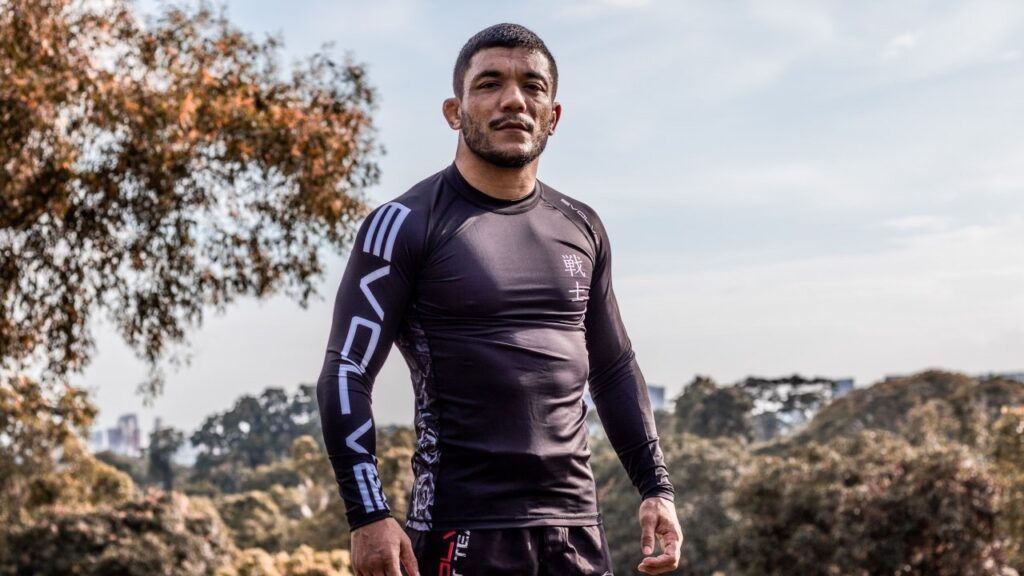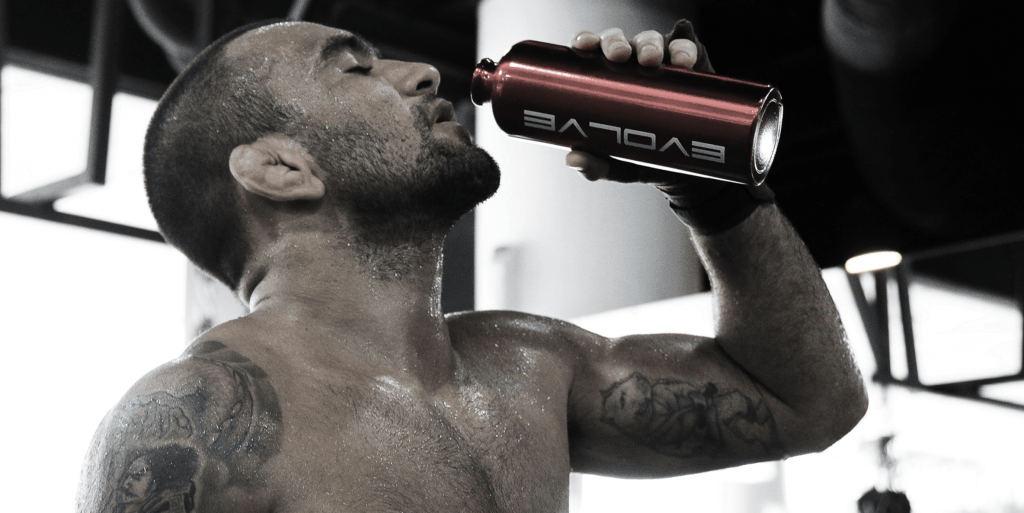Congratulations on your decision to take up Brazilian Jiu-Jitsu. It’s one of the most popular martial arts on the planet, and training leads to many physical and mental benefits. You get to burn lots of calories while having fun and mingle with cool people from all walks of life.
BJJ is also one of the most effective martial arts for self-defense. Your ability to defend yourself and your loved ones improves with each class you attend.
Things You’ll Need Before Your First BJJ Class
There’s no turning back now; you’ve signed up for Brazilian Jiu-Jitsu classes and are getting ready for your first class. You might be a little nervous since you have a million things on your mind, like how well you’ll be able to pick up the techniques you’re taught and how your training partners will react to you.
You’re not alone. We all had the same emotions while heading to our first BJJ class. Fortunately, BJJ dojos are some of the most accepting places on the planet. The other students at the gym have once been in your shoes, so you don’t have to worry about anyone giving you a hard time. Most of your training partners and instructors will go out of their way to make you feel as comfortable as possible during classes.
Preparing for classes can make your transition into a BJJ player much smoother. Some of the essential things you should pick up before heading into your first BJJ class include:
1) Rash Guards

Your training partners will like you more if you wear a T-shirt or rash guard under your gi when you train. Ladies in the gym typically don’t need any coercion to wear undergarments under their gis, but guys with hairy chests seemingly do. No one wants to have their face buried in all than manliness when they roll.
Rash guards help wick sweat off your body, plus they handle the stress BJJ puts on them a lot better than T-shirts. A rash guard will still look good after years of training, while most T-shirts will look terrible within a few weeks of training with them. Plus, long-sleeved rash guards help with mat burn, especially when training no-gi.
2) Mouth Guard
Don’t worry, no one will roundhouse your face during BJJ class, but you still need a mouth guard. BJJ is a high-contact sport, so collisions do occur occasionally. A mouth guard keeps your teeth intact when such rare collisions occur. It’s the main protective gear you need when training. There’s no need to get one of the expensive mouthguards used by boxers. The cheap mouth guards sold at supermarkets are good enough for BJJ.
3) Tape
Mat burn is one of those things no BJJ student gets to avoid. You can wait until you get your first blisters or take preemptive steps by taping up your toes. Some athletic or blister tape is excellent for the job. Buy a roll and keep it in your training bag. You’re going to need it at some point.
4) Water Bottle

If you’re not the fountain-using type, you’ll need to invest in a large water bottle for your BJJ classes. Training BJJ is an intense activity that can burn up to 1000 calories for every hour of training and works up quite a sweat. You’ll sweat so much during some classes that your gi is entirely drenched.
Staying hydrated throughout your training is essential. Fill up your water bottle with water or a sports drink, and keep your body fueled as you train.
5) Gym Bag
Every BJJ student needs a quality gym bag. You want one with multiple compartments, some for dry gear and a meshed area for wet gear. You’ll be taking quite a bit of gear with you every time you train, like your water bottle, gi, towel, and tape.
You’ll also need to carry some personal hygiene products with you if you plan to shower at the gym after class, which is an excellent idea if your gym has the facilities. You don’t want to transfer all the grime on you to your car and home after class.
6) Notepad
This piece of equipment separates the great BJJ players from everyone else. You’ll learn lots of grappling techniques during class, but you might forget some pointers over time. Writing down things you learn after each class serves as a tool to refresh your memory long after each lesson.
Write down how to execute the techniques you learn and any pointers that go with it. Right after class is the best time to write down your notes since everything is still fresh in your head. You can then go back to your notes anytime you need a refresher on a technique.
7) Gi

Talk to any MMA instructor; they’ll probably recommend training with the gi. That’s how BJJ was intended to be practiced, and some would say training with the gi gives you a better understanding of the principles that power BJJ techniques. However, a good number of MMA fighters don’t train with the gi since they are learning BJJ for a setting that does not allow the use of gis anymore.
You’ll need to purchase at least one gi if you plan to go the more traditional route. You’ll need at least two gis if you plan to train more than two days a week.
When it comes to gis, the more, the better; you should never wear your gi more than once without washing it unless you want to be known as the stinky person in class. Those things soak up sweat, and BJJ classes lead to lots of sweating. Keep that in mind when deciding on how many gis to buy. Factor how convenient it is for you to wash your gi after each class and how often you plan to train per week.
You should also consider getting a fancy gi for special occasions. You know, some of those gis that make you look like the villain in a martial arts movie. Those cost a bit more than regular gis, so you don’t want to wash them as often. You can save that pair for tournaments or special occasions at the gym. There’s no such thing as having too many gis when it comes to Brazilian Jiu-Jitsu.
You may also like:















